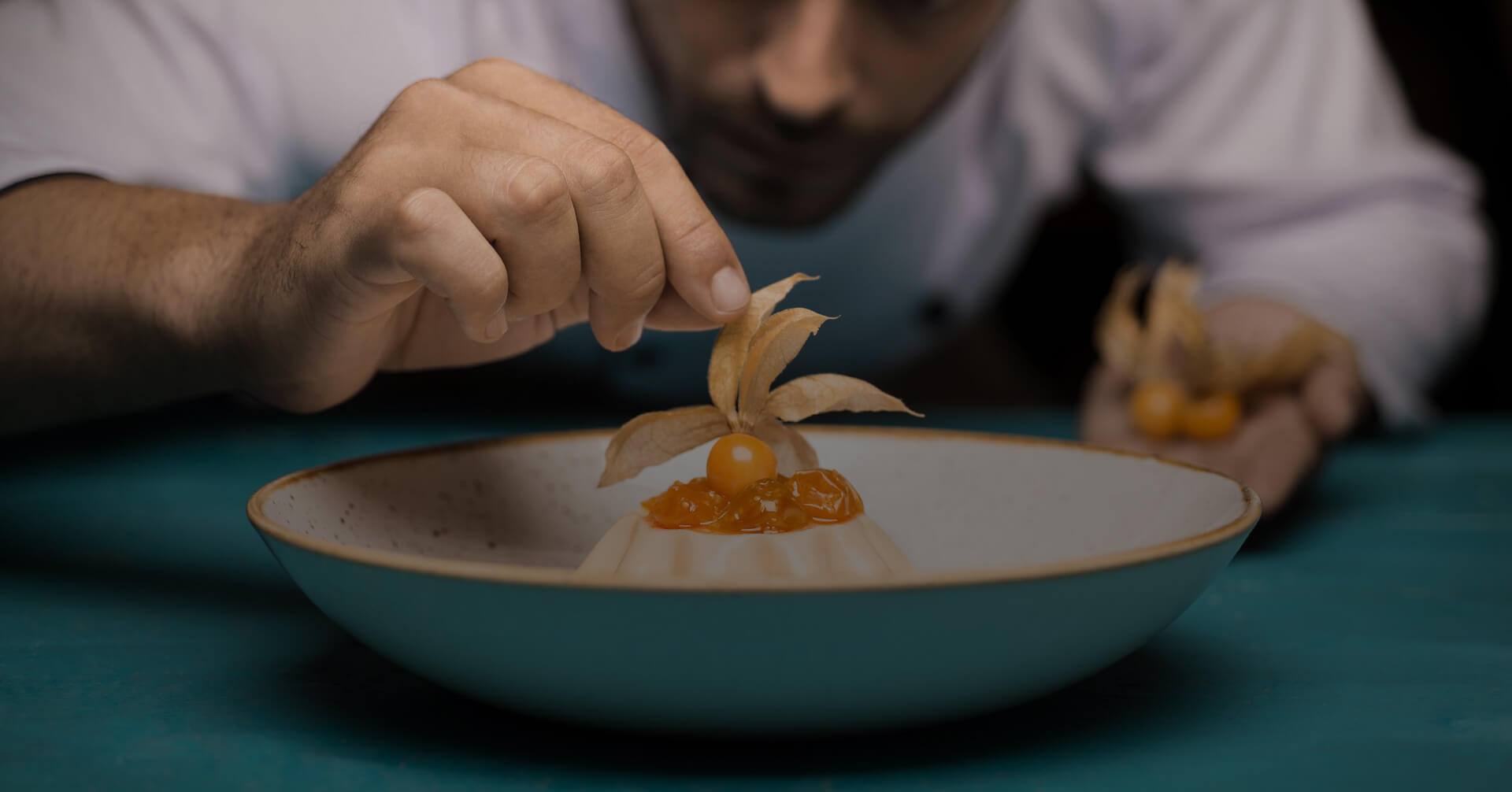FOUR DISHES YOU MUST ORDER IN AREQUIPA
These are the reasons why Arequipa’s picanterias are a fundamental part of Peru’s cultural heritage.
At the beginning of time, picanterias were called “chicherias”. The owners of these spaces sold chicha de jora —a kind of corn beer— accompanied by small portions of food to help their clients continue with their drinking. Soon, the “picantes” —as these spicy dishes were called— grew in number and became the protagonists of the menu: some variations were served only on Mondays or on weekends. Today, a classic picanteria has several elements that constitute its identity: long tables to sit down and share, a batan (a type of grinder), chicha de jora, chupes (local soups), shrimps and a lot of rocoto (a peruvian pepper).
Chicha de guiñapo.
A type of alcoholic beverage obtained from the fermentation of the germinated grains of the creole black corn that is, then, strained with a piece of cloth. In picanterias, it is served as a drink, but is also a main ingredient in stews, chupes and broths.
Chupe de camarones
The river shrimp is the foundation of Arequipa’s cuisine and the main ingredient of this soup. Its broth is made with potato, peppers and cheese. Before adding them to the preparation, shrimps must be marbled: they are put directly in the fire in order to activate its aromas; then, they are dried in a wood oven.
Ocopa
According to tradition, in order to make this sauce, its ingredients must be marbled: mirasol chili, garlic and onion are put on the rescoldillo —the charcoals of the firewood— or directly in the fire. Then, they are ground, accompanied by huacatay (an aromatic herb), using a batan. This tool is essential in picanterias: it is composed of a flat stone and a convex stone that work together as a manual grinder. It is used to make pasta and dressings.
Adobo
In Arequipa, this is the classic Sunday dish. The main ingredient, pork, must be marinated the night before with a mixture of chichas, chili peppers, garlic and herbs previously ground in a batan. It is accompanied with a type of bread with three points that is to be dipped in the remaining juice of the dish.












